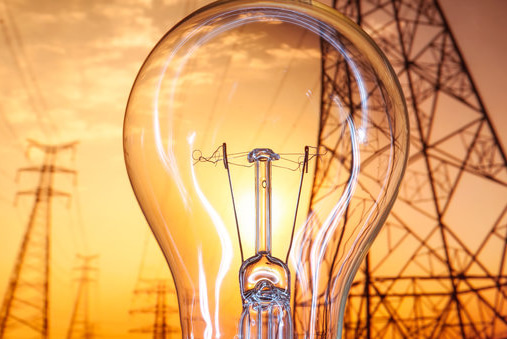Innovation is at the heart of progress. It drives us to think beyond the boundaries and create solutions that revolutionize the way we live, work, and interact with the world. One area where innovation is making a significant impact is in electrical systems.
Traditional electrical systems have served us well for decades, but as technology advances and our energy needs grow, it is time for transformative changes. In this blog post, we will explore the exciting developments in electrical systems that are empowering innovation and shaping the future.

The Need for Change
Traditional electrical systems have limitations that hinder the adoption of new technologies. They are primarily designed for one-way power flow, where electricity is generated at power plants and distributed to consumers.
This centralized approach has its drawbacks, including transmission losses, lack of resilience, and vulnerability to disruptions. Additionally, the growing demand for renewable energy sources and electric vehicles requires a more flexible and adaptable electrical infrastructure.
Smart Grids: Enabling a Connected Future
Smart grids are revolutionizing the way we generate, distribute, and consume electricity. These intelligent systems leverage advanced sensors, communication networks, and data analytics to optimize energy usage and improve reliability.
By integrating renewable energy sources, energy storage systems, and demand response programs, smart grids enable a more sustainable and resilient electrical infrastructure.
One key aspect of smart grids is the implementation of advanced metering infrastructure (AMI). AMI allows for two-way communication between utilities and consumers, enabling real-time monitoring of energy usage and providing consumers with valuable insights into their consumption patterns. With this information, consumers can make informed decisions about their energy usage, reduce wastage, and save money.
Microgrids: Localized Power Generation and Resilience
Microgrids are localized power systems that can operate independently or in conjunction with the main grid. They offer numerous benefits, including enhanced resilience, improved energy efficiency, and increased integration of renewable energy sources.
Microgrids are particularly valuable in remote areas, military installations, and critical infrastructure like hospitals and data centers.
One notable example of a successful microgrid implementation is the Brooklyn Microgrid in New York City. This community-based initiative allows residents to generate and share solar energy within their neighborhood.
By providing a decentralized energy solution, microgrids empower communities to take control of their energy production and reduce reliance on the main grid.
Energy Storage: The Key to Grid Flexibility
Energy storage plays a crucial role in transforming electrical systems. It addresses the intermittent nature of renewable energy sources and enables a more flexible and reliable grid.
Batteries, pumped hydro storage, and other emerging technologies are increasingly being deployed to store excess energy during periods of low demand and release it back into the grid when needed.
Tesla’s Powerpack, for example, is a large-scale energy storage system that can be used in conjunction with renewable energy projects. It helps smooth out fluctuations in energy generation and provides backup power during outages. As energy storage technologies continue to advance and become more affordable, they will play an increasingly vital role in the transition to clean and sustainable energy systems.
Electrification of Transportation
As we step into the future, the electrification of transportation is rapidly gaining momentum worldwide. In Indianapolis, local electricians are playing a pivotal role in this transition.
With their expertise and skills, electricians in Indianapolis are crucial in installing and maintaining the infrastructure needed for electric vehicles (EVs), such as charging stations and advanced electrical systems.
They are the unsung heroes, ensuring the seamless integration of EVs into our everyday life, thereby reducing our carbon footprint and paving the way for a sustainable future.
As we embrace the challenges of a rapidly changing world, innovation in electrical systems becomes vital for progress. Smart grids, microgrids, energy storage, and the electrification of transportation are just a few examples of the transformative developments empowering innovation.
These advancements not only improve the efficiency and reliability of our electrical infrastructure but also pave the way for a more sustainable and resilient future. By embracing new technologies and embracing change, we can build a world where energy is abundant, clean, and accessible to all.
Disclosure: The articles, guides and reviews on BlowSEO covering topics like SEO, digital marketing, technology, business, finance, streaming sites, travel and more are created by experienced professionals, marketers, developers and finance experts. Our goal is to provide helpful, in-depth, and well-researched content to our readers. You can learn more about our writers and the process we follow to create quality content by visiting our About Us and Content Creation Methodology pages.
